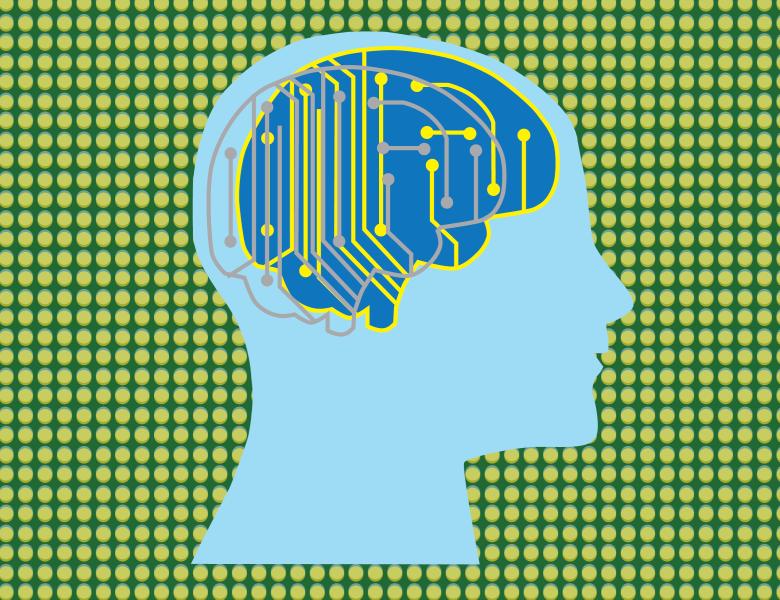
Abstract
In recent years (deep) neural networks got the most prominent models for supervised machine learning tasks. They are usually trained based on stochastic gradient descent where backpropagation is used for the gradient calculation. While this leads to efficient training, it is not very plausible from a biological perspective.
We show that Langevin Markov chain Monte Carlo inference in an energy-based model with latent variables has the property that the early steps of inference, starting from a stationary point, correspond to propagating error gradients into internal layers, similar to backpropagation. Backpropagated error gradients correspond to temporal derivatives with respect to the activation of hidden units. These lead to a weight update proportional to the product of the presynaptic firing rate and the temporal rate of change of the postsynaptic firing rate. Simulations and a theoretical argument suggest that this rate-based update rule is consistent with those associated with spike-timing-dependent plasticity. These ideas could be an element of a theory for explaining how brains perform credit assignment in deep hierarchies as efficiently as backpropagation does, with neural computation corresponding to both approximate inference in continuous-valued latent variables and error backpropagation, at the same time.
Session Chair: Murray Sherman


